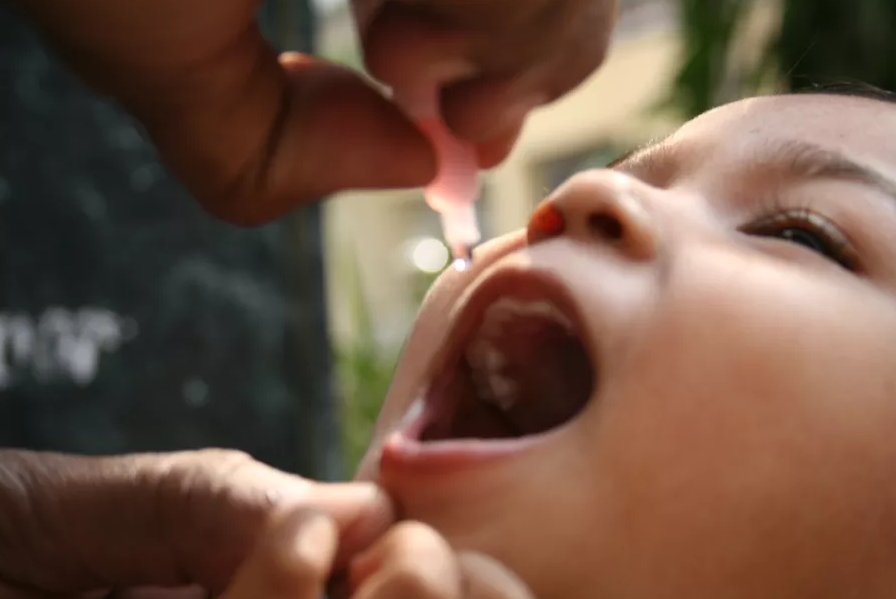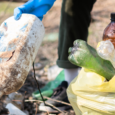The Department of Health (DOH) announced a polio epidemic within the country last September 19 (Thursday). 19 years after the World Health Organization declared the Philippines polio-free, its re-emergence was confirmed in the case of a 3-year-old girl from Lanao del Sur. Another suspected case is awaiting confirmation.
“A single confirmed polio case of vaccine-derived poliovirus type 2 or two positive environmental samples that are genetically linked isolated in two different locations is considered an epidemic in a polio-free country,” the DOH announced.
Aside from these two cases, the virus was also detected in water samples from Manila’s sewage system and Davao’s waterways. The samples were verified by the US Centers for Disease Control and Prevention and the Japan National Institute for Infectious Diseases. The reappearance of the virus is believed to derive from low vaccination coverage, low surveillance of polio symptoms, and insufficient sanitation practices.
Although there has been only one confirmed case of polio so far, Health Secretary Francisco Duque III explained that along with the contaminated water samples, this is enough to be considered an epidemic. As such, he strongly urged parents to consider immunization for all children under 5 years old.
(Should it be required to vaccinate your children?)
In a statement last September 19 Secretary Duque said: “We strongly urge parents, health workers and local governments to fully participate in the synchronized polio vaccination. It is the only way to stop the polio outbreak and to protect your child against this paralyzing disease.”
“Aside from immunization, we remind the public to practice good personal hygiene, wash their hands regularly, use toilets, drink safe water, and cook food thoroughly,” he continued.
Due to the drop in oral polio vaccine (OPV) coverage in the past few years, Duque considers the country at “high risk for poliovirus transmission.” He explained that “in 2018, the vaccine coverage for the third dose of OPV was 66 percent. This figure is below the 95 percent target required to ensure that the whole population is protected against polio.”
The decrease in polio immunization is likely linked to the Dengvaxia controversy and anti-vaccination sentiments. Trust in all vaccines were generally harmed when fears surrounding the anti-dengue virus reached an all-time high. This is particularly dangerous since, as the WHO explains, “if a population is not sufficiently immunized, the weakened virus can continue to circulate. The longer it is allowed to survive, the more changes it undergoes. In rare instances, the virus can change to a vaccine-derived poliovirus (VDPV), a form that has regained the ability to cause paralysis.”\
In order to address the problem of polio, the DOH will be continuing and expanding its “Sabayang Patak kontra Polio” campaign. Currently being conducted in Manila, the polio vaccination campaign will soon extend to other cities in Metro Manila on October 1. Davao and Lanao del Sur will have vaccination campaigns sometime in October while Central Luzon (Region III) and Calabarzon (Region IV-A) will have them from November 19-30.
Since 1998 there have been more than a 99% decrease in cases due to the wild poliovirus thanks to the efforts of the global campaign to eradicate polio. The Philippines was officially declared polio-free in 2000 with the last known case of wild poliovirus having occurred in 1993.
The re-emergence of the poliovirus was especially perplexing as the Philippines was not even on the list of at-risk countries. The WHO has stated their grave concern over the outbreak while UNICEF described it as “deeply disconcerting.”
Signs and symptoms of polio include headaches, fever, stiff neck, vomiting and fatigue, and the onset of floppy arms or legs. Severe cases can lead to permanent paralysis or even death. It can be spread through food, water, or objects that have come in contact with the feces of an infected individual.
What do you think about this?





